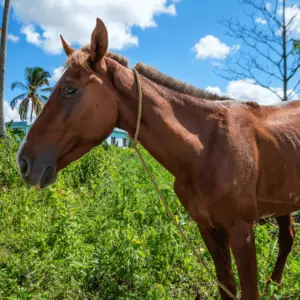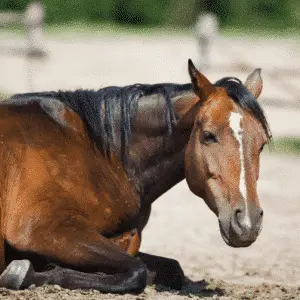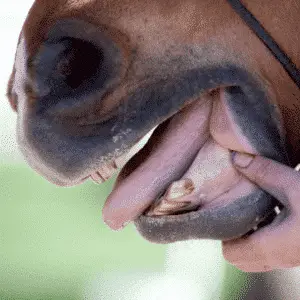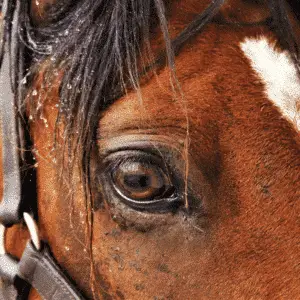
African Trypanosomiasis
African Trypanosomiasis in Horses This disease is life-threatening and should be treated by a veterinarian

Hello dear Happie community,
I’m Lisa. I have been using the Happie Horse App for almost one and a half years now and manage the daily life of my 9-year-old Zweibrücker mare Bella with it.
Bella is out in the pasture every day and is a very active horse. Last month, however, I noticed that Bella was behaving strangely and showing signs of being unwell. She seemed tired and apathetic, ate less than usual and even had diarrhoea. Her white legs were also turning red. Now all alarm bells were ringing!

I immediately started documenting Bella’s symptoms and vital signs twice a day in the app and made an appointment with my vet with all the collected data at hand. The entries in the symptom diary and a thorough examination should be a first clue for a diagnosis, but my vet also wanted to wait for the results of a blood analysis.
The results confirmed his suspicions and the culprit was found: Poisoning by ragwort. Fortunately, I had all the symptoms at hand, which made the diagnosis much quicker.
We were able to start treatment straight away and Bella’s symptoms improved immediately. Now she is back in the pasture enjoying the sun.
Clueless, I walked between the fields back to the stable. Admittedly, I had almost given up at this point when yellow flowers caught my eye. And sure enough, there was an inconspicuous ragwort plant growing by the side of the path. Bella had probably struck during her last outbreak.
Today Bella is better than ever and enjoys her days in the pasture. Her socks are still not white, but that is only because she regularly rolls around in the dirt. In the meantime, we are training normally again and now use the gait analysis more than the symptom diary.
All the best (and many greetings from Bella too),
Yours, Lisa

As you know, the Happie Horse App is an innovative tool for monitoring horse health.
With the help of the symptom diary, the vet could quickly deduce the correct poisoning diagnosis and initiate treatment. After all, poisonous plants are not always particularly showy and colourful plants, some are common trees and inconspicuous looking flowers!
It is important to check the pastures and stable area for poisonous plants. Because although horses don’t usually actively look for poisonous plants, they can accidentally eat them. Especially if they are mixed with grasses that hide the bitter taste of most poisonous plants.
Note: If the plant is somewhere where the horses cannot reach it immediately, remove it when it stops flowering. If you remove it when it is in flower, the pollen from the plant could spread across the pasture and cause more plants to grow!
Download the Happie Horse App for free and get a 7 Day Premium Trial for free!

African Trypanosomiasis in Horses This disease is life-threatening and should be treated by a veterinarian

This disease is life-threatening and should be treated by a veterinarian swiftly.
Colitis-X is a severe, often fatal gastrointestinal disease in horses characterized by sudden onset of colitis and rapid deterioration, with an unknown exact cause.

Seek veterinary advice before applying any treatment.
Saddle sore is a painful condition caused by friction or pressure from the saddle, commonly affecting the horse’s back.

Equine Malocclusion in Horses Seek veterinary advice if you suspect this disease. Malocclusion in horses

Hoof Abcess in Horses Seek veterinary advice before applying any treatment. A hoof abscess describes

Corneal Stromal Abcess in Horses Seek veterinary advice before applying any treatment A corneal abscess